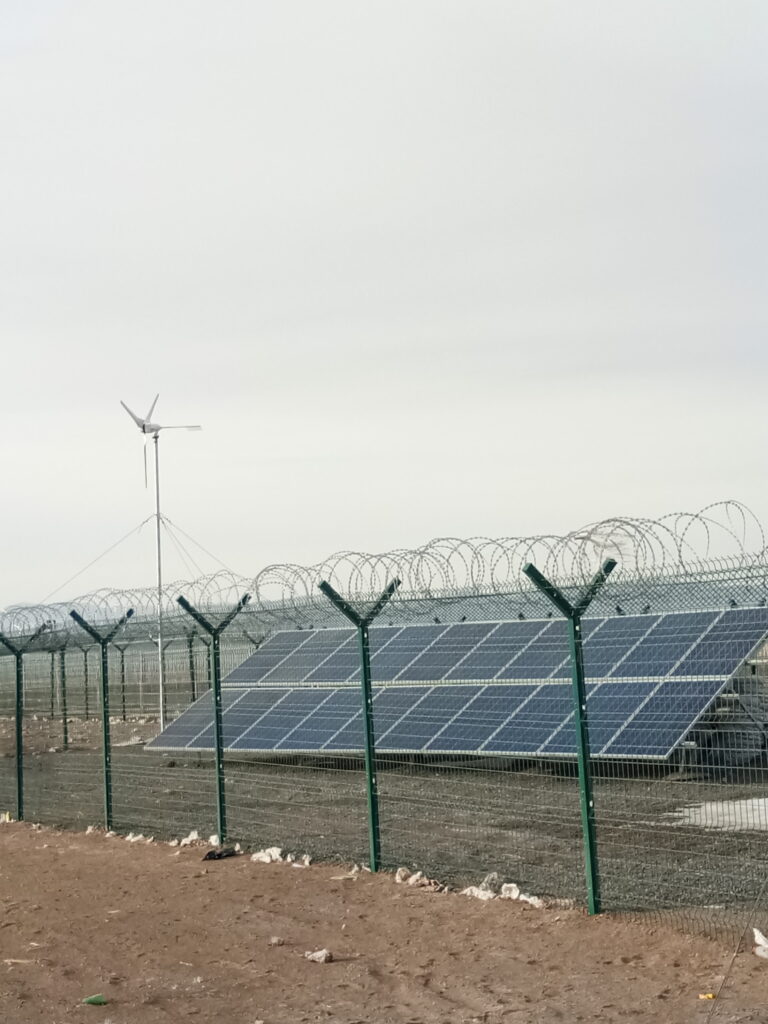Over the past two decades, the “Made in China” label has transformed from a symbol of “low-cost outsourcing” to a mark of “global preference.” According to a McKinsey Global Institute report, China’s share of the global mid-range consumer market surged from 7% in 2000 to 42% in 2023, securing prime shelf space in supermarkets across 134 countries. This competitive edge stems not merely from cheap labor or fleeting market opportunities but from a sophisticated, systemic engineering effort. This article dissects the underlying logic of China’s global dominance through four dimensions: technological innovation, supply chain resilience, market responsiveness, and sustainable transformation.

1. Dual-Track Innovation: From Follower to Leader
China’s manufacturing sector now operates on a dual-engine model of applied innovation and fundamental R&D. In consumer electronics, DJI drones merged millimeter-wave radar with visual positioning technology, slashing industry-average prices from 2,000 to2,000to500 while achieving a 300% improvement in wind resistance. This “double performance at half cost” logic is redefining global industry standards. At the foundational level, China’s R&D intensity rose from 1.7% in 2010 to 2.6% in 2022, yielding breakthroughs like CATL’s sodium-ion batteries and BOE’s flexible OLED screens. A Boston Consulting Group study reveals that China holds more patents than the U.S., Japan, and Europe combined in 20 critical fields, including 5G, renewable energy, and industrial robotics. Huawei’s 5G base stations, 40% lighter and 35% more energy-efficient than Ericsson’s equivalents, operate reliably in extreme temperatures (-40°C to 55°C), capturing 83% market share in harsh climates like Russia and Canada.
2. Hyper-Elastic Supply Chains: A 72-Hour Global Response Network
China’s “full-industry-chain + digital logistics” system delivers unparalleled efficiency. Take Yiwu Small Commodities Market: housing 2.1 million products across 26 categories, it achieves an average prototyping cycle of 48 hours—compared to 14 days in the U.S. During COVID-19, China’s mask production surged from 20 million to 1.2 billion units daily in 30 days, while ventilator component suppliers outpaced German firms by 11x in response speed.
Digitally empowered supply chains are even smarter. Cainiao Logistics’ “Global Five-Day Delivery” uses AI to cut cross-border logistics costs by 38%, outperforming Amazon in São Paulo’s last-mile delivery. Foshan’s furniture industry exemplifies modular production ecosystems: Malaysian clients submitting custom orders at 10 AM can view real-time production in Guangdong factories by 3 PM, slashing traditional 90-day order cycles to 15 days.

3. Microscopic Demand Insights: Data-Driven Precision
Chinese firms now master predictive manufacturing. SHEIN’s 200-person algorithm team tracks Google trends, Instagram influencers, and weather data, translating Paris Fashion Week trends into mass-produced garments within 72 hours. This micro-demand capture drives a 47% repeat purchase rate in Western fast fashion, dwarfing ZARA’s 23%.
In tech-intensive sectors, adaptive innovation thrives. Transsion’s Tecno phones dominate Nigeria with quad-SIM slots and night photography tailored for African users, claiming 68% market share. BYD’s climate-customized EVs for Norway retain 85% battery range at -30°C, outselling Tesla in Nordic markets in 2023.
4. Green Manufacturing Revolution: Synergy of Cost and Sustainability
China is debunking the myth that sustainability equals high costs. LONGi Green Energy boosted solar panel efficiency to 26.8% by refining silicon purity to 99.99999%, while cutting production costs to $0.15/watt—62% below German rivals. This “tech-driven cost reduction” won China the solar+storage contract for Saudi Arabia’s Red Sea NEOM project.
Traditional industries also embrace green transformation. Shandong Weiqiao Textile cut water use per ton of yarn from 25 to 3.8 tons via industrial IoT, securing 45% of Uniqlo’s sustainable fabric orders. Xiaomi’s straw-fiber phone packaging reduces lifecycle carbon emissions by 89%, earning a 12% green premium in Europe.
5. Cultural Fluency: Bridging Eastern Wisdom and Global Values
China’s globalization is a soft-power export of value systems. TikTok Shop turns Indonesian batik into a European sensation via U.S. influencer videos, while Pinduoduo’s “farm-to-table” model sends Yunnan coffee beans to New York kitchens, raising farmer incomes by 210% while cutting consumer prices by 35%—a model now debated in WTO digital trade rules.
The premium tea brand Xiaoguan Tea merges the 24 Solar Terms tradition with Swiss-grade precision, selling at £299 in London’s Harrods with a 28% repeat purchase rate among British middle-class households. This “cultural codability” proves Chinese goods now shape global aesthetics beyond mere functionality.


No responses yet